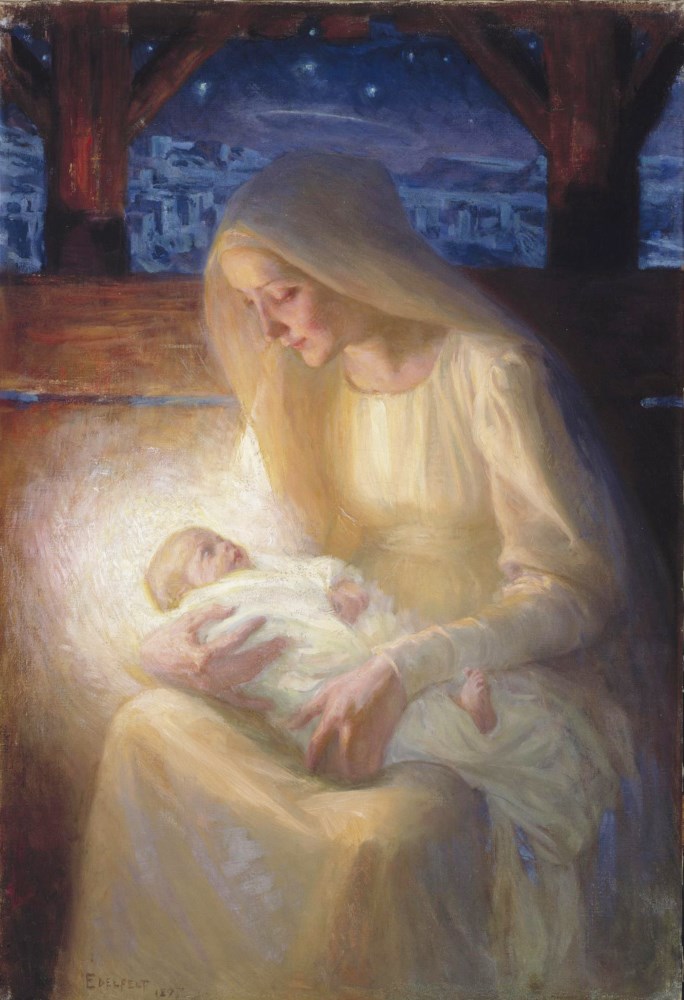Description:
Albert Edelfelt (1854-1905) was a Finnish artist, mainly known for his historical, genre and portrait paintings. His compositions of a religious nature occupy a rather narrow range of interests, noticeable only in the 1890s. He came from a wealthy family, his father worked as an architect and it was from him that he received his first drawing board on his fifth birthday. He developed his talent, among other places, at the Academy of Fine Arts in Antwerp and then at the École des Beaux-Arts under Jean-Léon Gérôme in Paris. In the years 1881-82 he spent a year in St. Petersburg, capturing images of the imperial family. However, it was thanks to the portrait of his friend, the French biologist and chemist Louis Pasteur, that he gained the greatest recognition, receiving an honorary medal at the World Exhibition in Paris in 1889. Edelfelt undoubtedly contributed to the development of naturalistic painting of his time, and his activities outside the country allowed him to draw attention to his native culture. It was also a great success to create the first separate Finnish pavilion at the World Exhibition in 1900, to which he personally contributed.
Description of the painting:
In his painting “Madonna” from 1895, both the chosen theme and the way it was treated stand out. Realistic representation is accompanied by an unusual color palette and otherworldly light. The figure of a young sitting woman, holding a child in her arms, fills 3/4 of the picture. She is dressed in a light, long robe tied under the bust, and her head is covered with a veil in the same beige color. Her face with delicate features expresses peace and immense tenderness. Bowing her head, she looks at the child wrapped in white fabric, from which his little hands and bare feet protrude. His red lips and wide open eyes stand out against the smooth, pink complexion. Lying motionless, he looks at the woman, surrendering to her safe embrace.
We see them inside the shed, close to one of the walls made of wooden boards. Above their heads, the outline of a canopy supported by two beams appears, forming a kind of frame for the head of the woman. Between them, the dense city skyline illuminated by the starry sky is outlined. The harmonious mood of the moment captured by the artist shows a strong bond between Mary and the newborn Jesus. They are not only connected by this endearing physical closeness, but also by the vivid light that seems to come from the little Jesus. The halo surrounding his head clearly indicates his divine nature hidden in human form. The supernatural brightness emanating from him is a Christian symbol of the salvation of the people engulfed in the darkness of sin. The sign of fulfillment of this testimony is the halo hovering over Mary’s head and at the same time over the panorama of Bethlehem, which is the equivalent of all humanity: “The people walking in darkness have seen a great light; on those living in the land of deep darkness a light has dawned. (…) For to us a child is born, to us a son is given, and the government will be on his shoulders. And he will be called Wonderful Counselor, Mighty God, Everlasting Father, Prince of Peace. His government and its peace will never end. He will rule with fairness and justice from the throne of his ancestor David for all eternity. The passionate commitment of the Lord of Heaven’s Armies will make this happen.” (Isaiah 9:1-4)


